Neuroscience
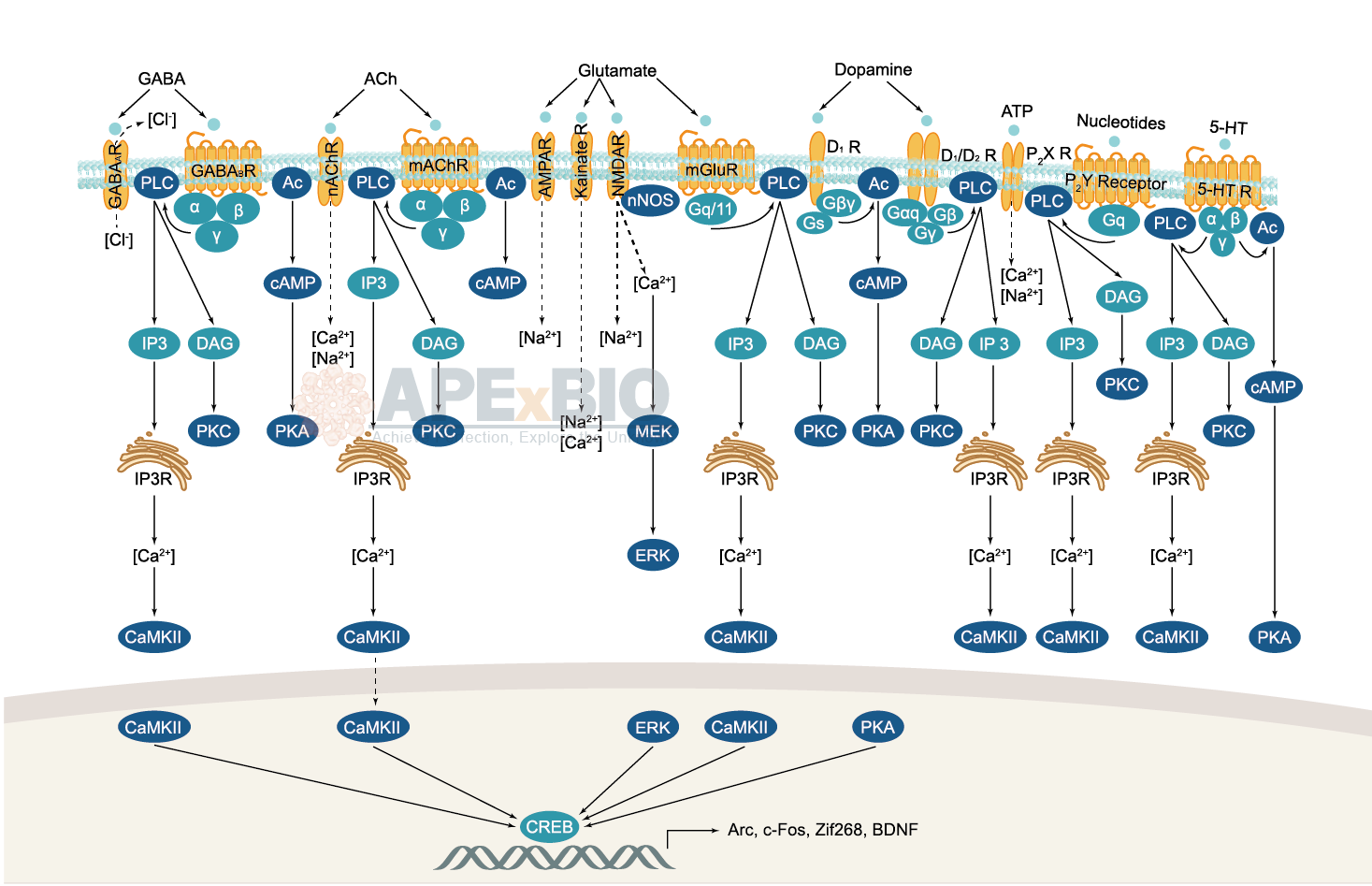
Neurotransmitter receptors function via various G-protein coupled and G-protein independent mechanisms that activate downstream intracellular signaling pathways such as cAMP/PKA, PI3K/AKT, phospholipase A2, and phospholipase C pathways. For instance, dopamine receptors act through adenylate cyclase to activate PKA and other signaling molecules, thereby mediate gene expression through the actions of CREB and other transcription factors. Other neurotransmitters such as NMDAR or AMPAR are associated with ion channels that control flux of Ca2+ and Na+, thus propagating the action potential across the post-synaptic neuron.
Dysfunctions in GABAergic/glutamatergic/serotonergic/dopaminergic pathways result in a broad range of neurological disorders such as chronic pain, neurodegenerative diseases, and insomnia, as well as mental disorders including schizophrenia, bipolar disorder, depression, and addiction.
-
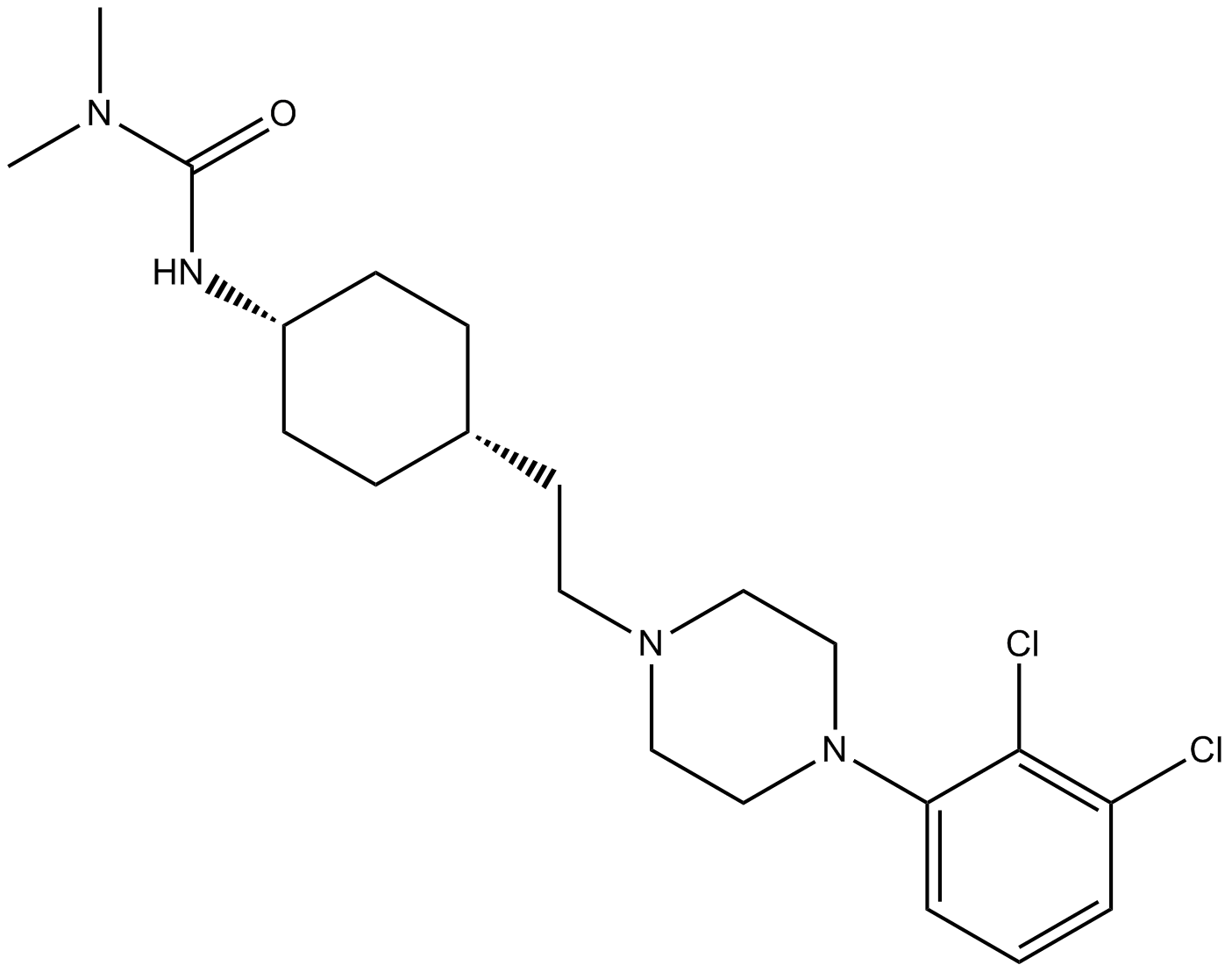 A3282 CariprazineSummary: D2/D3 partial agonist,antipsychotic drug
A3282 CariprazineSummary: D2/D3 partial agonist,antipsychotic drug -
 A3599 MetoclopramideSummary: Dopamine receptor antagonist
A3599 MetoclopramideSummary: Dopamine receptor antagonist -
 A3733 Pramipexole dihydrochloride1 CitationSummary: Dopamine receptor agonist
A3733 Pramipexole dihydrochloride1 CitationSummary: Dopamine receptor agonist -
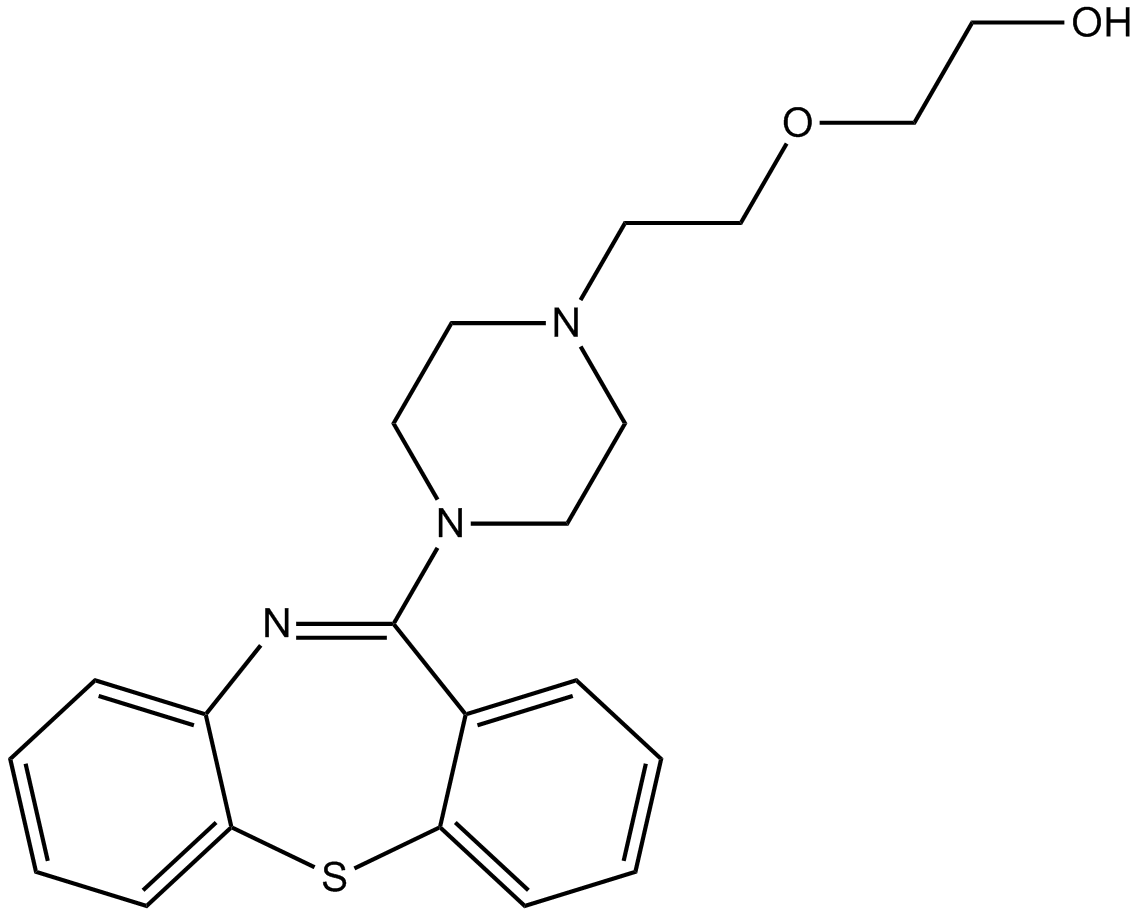 A3744 QuetiapineTarget: AChR|adrenergic receptor|5-HT receptor|Dopamine receptor|Histamine receptorSummary: Dopamine receptor antagonist
A3744 QuetiapineTarget: AChR|adrenergic receptor|5-HT receptor|Dopamine receptor|Histamine receptorSummary: Dopamine receptor antagonist -
 A8460 LevodopaSummary: Dopamine precursor.
A8460 LevodopaSummary: Dopamine precursor. -
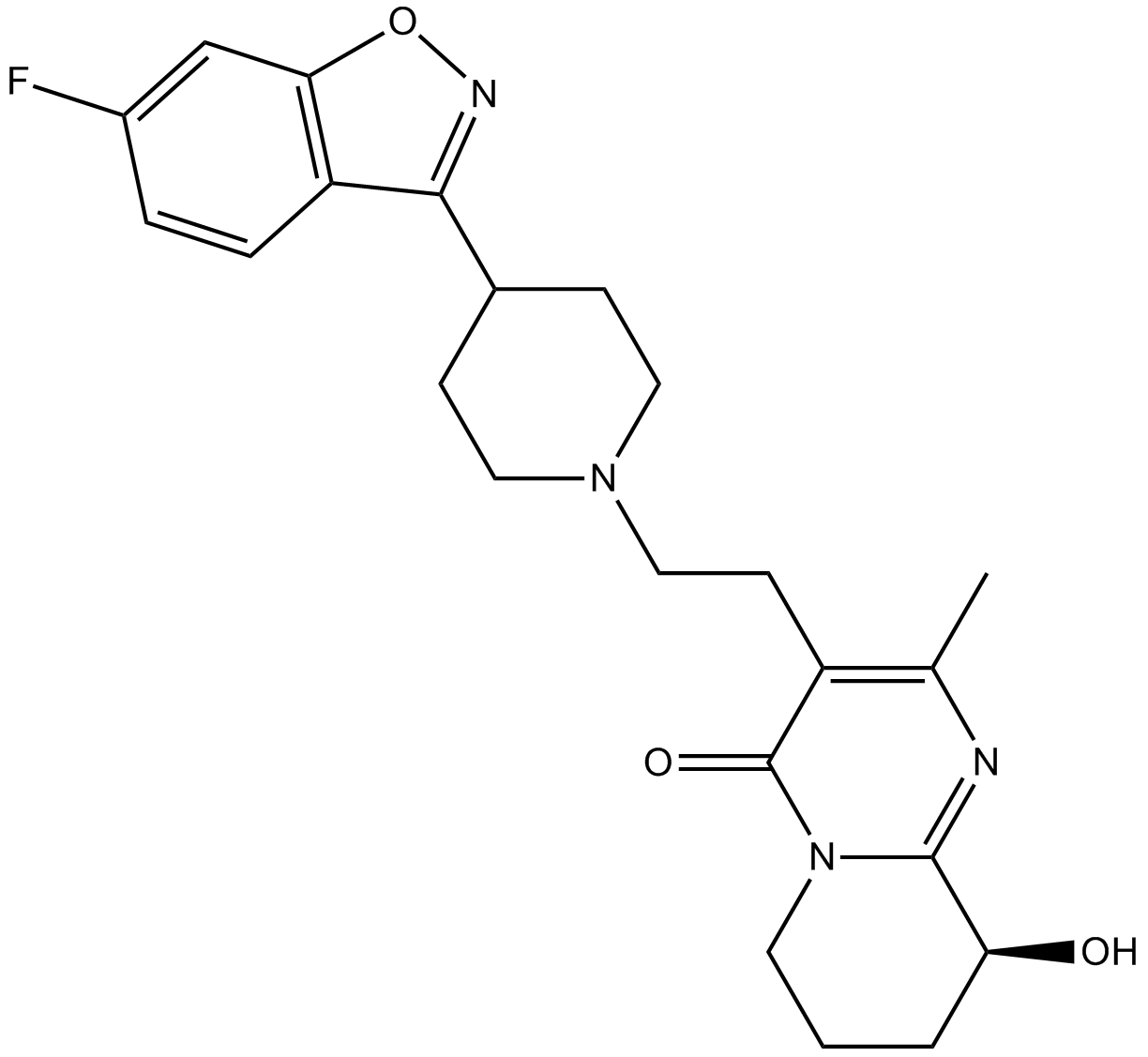 A8496 PaliperidoneTarget: 5-HT2 Receptors|D2 Receptors|D3 Receptors|5-HT1 Receptors|Histamine H1 ReceptorsSummary: Dopamine receptor antagonist
A8496 PaliperidoneTarget: 5-HT2 Receptors|D2 Receptors|D3 Receptors|5-HT1 Receptors|Histamine H1 ReceptorsSummary: Dopamine receptor antagonist -
 A8398 ChlorprothixeneSummary: Dopamine receptor antagonist
A8398 ChlorprothixeneSummary: Dopamine receptor antagonist -
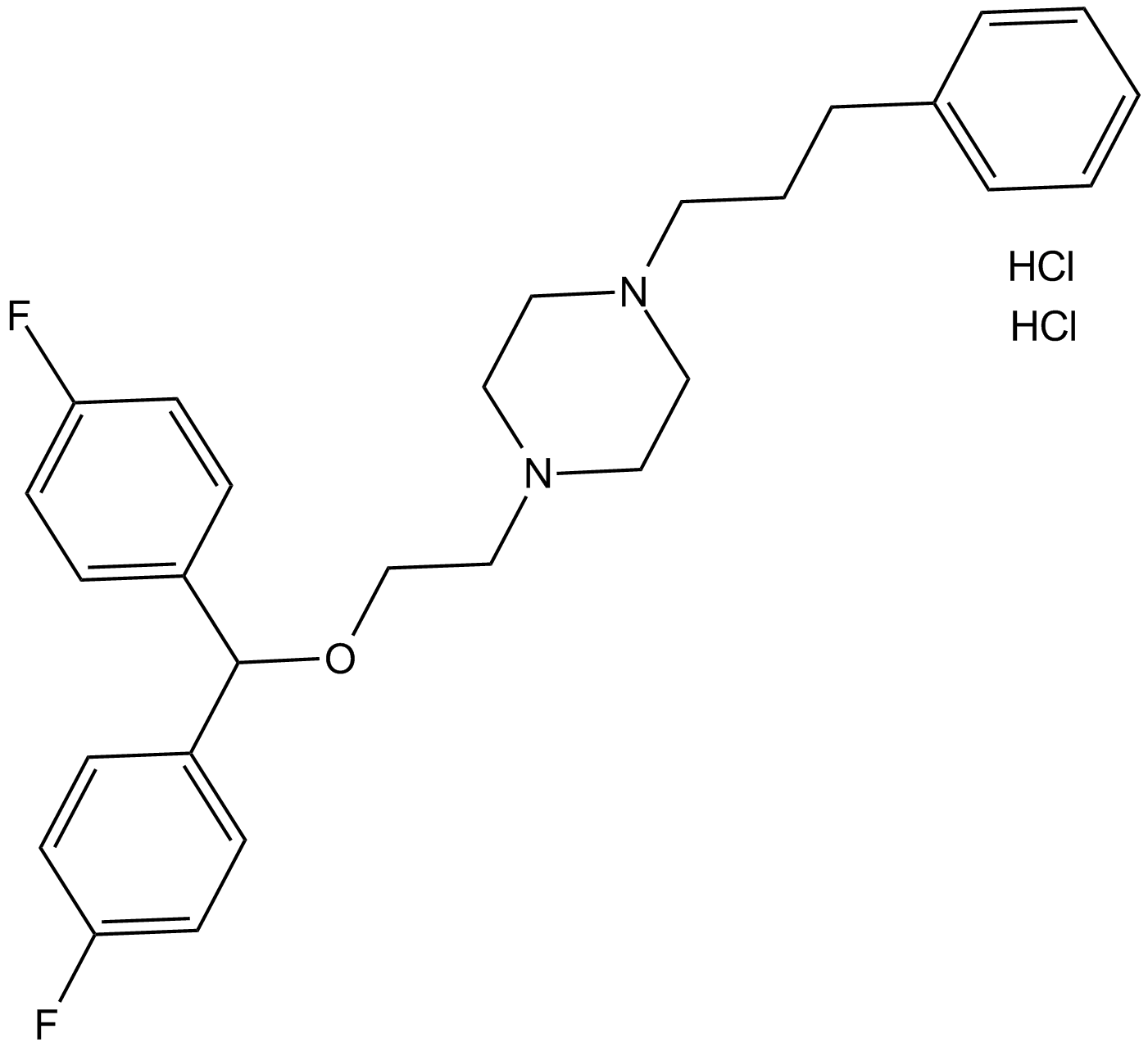 B3248 Vanoxerine dihydrochlorideSummary: potent and selective DRI (Dopamine reuptake inhibitor)
B3248 Vanoxerine dihydrochlorideSummary: potent and selective DRI (Dopamine reuptake inhibitor) -
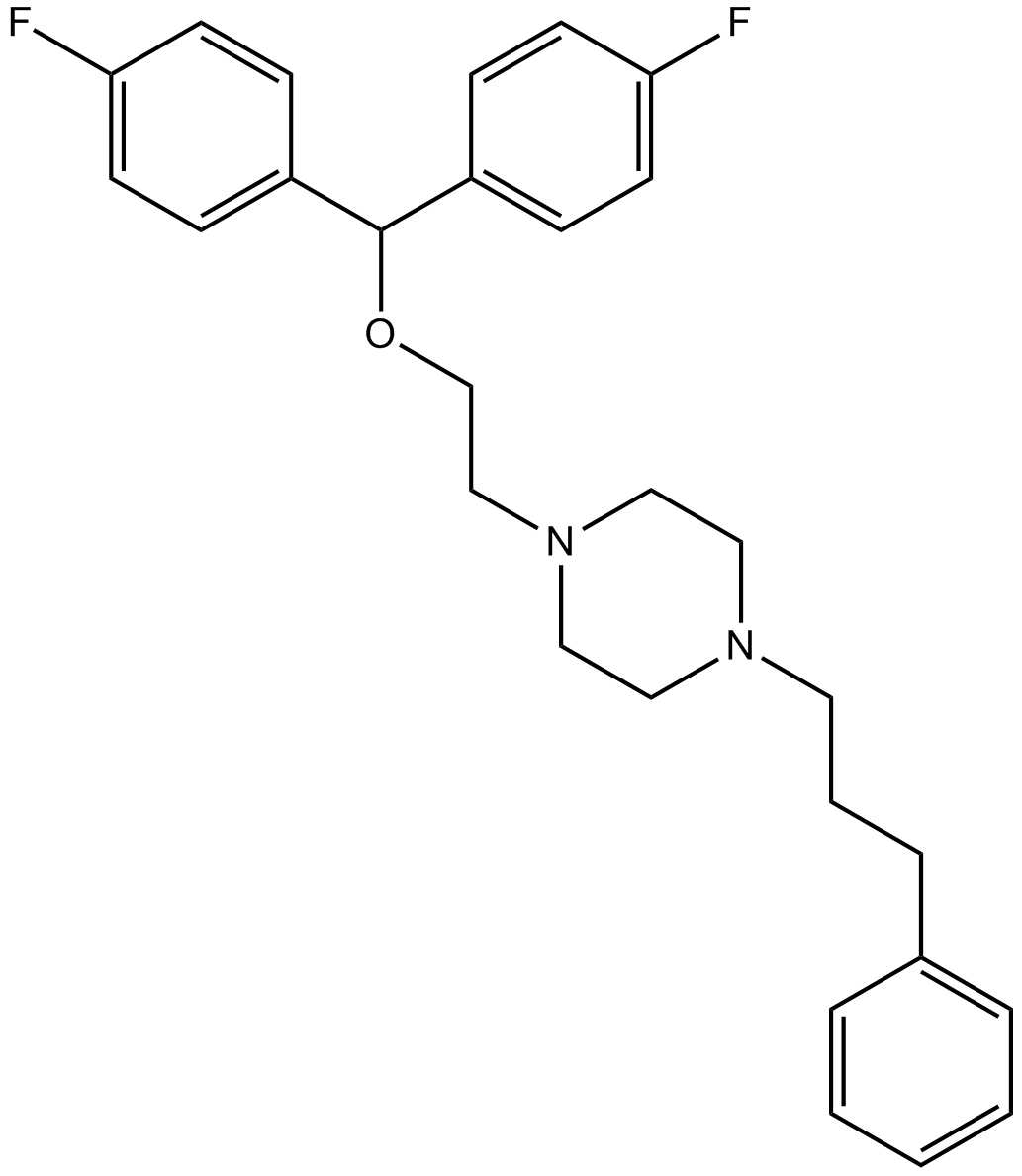 B3249 VanoxerineSummary: potent and selective DRI (Dopamine reuptake inhibitor)
B3249 VanoxerineSummary: potent and selective DRI (Dopamine reuptake inhibitor) -
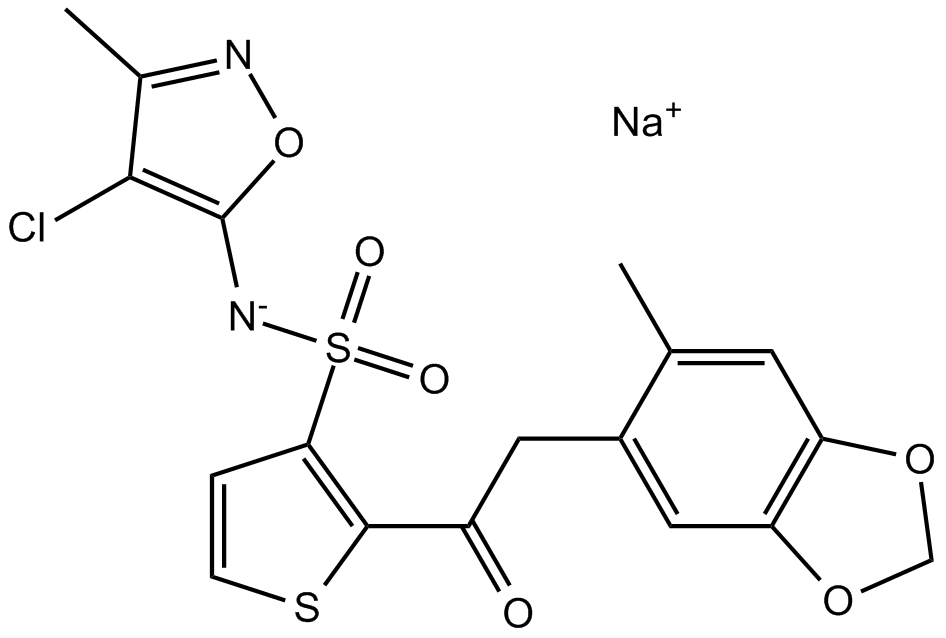 B1522 Sitaxentan sodiumSummary: Selective endothelin A receptor (ETA) antagonist
B1522 Sitaxentan sodiumSummary: Selective endothelin A receptor (ETA) antagonist

